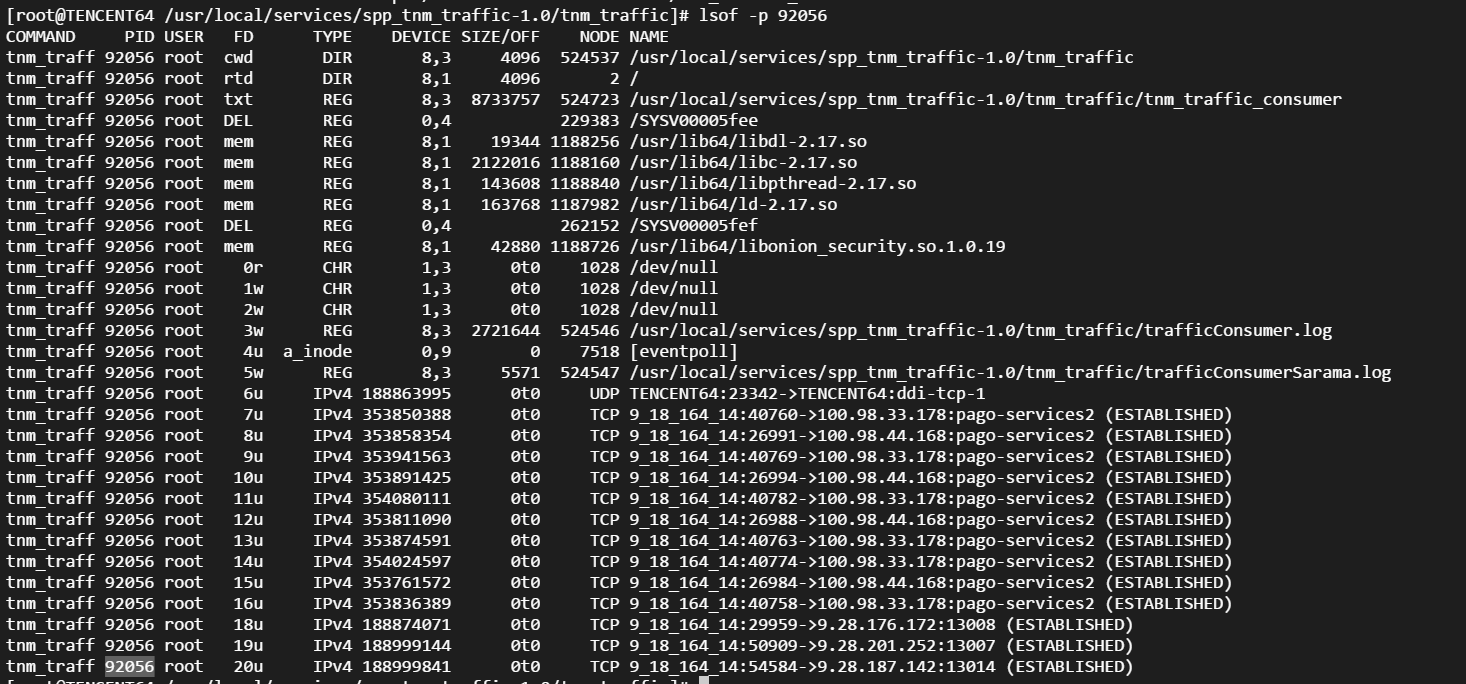通过命令行手动安装驱动器工作正常.那么让一个文件管理器(thunar和thunar-volman,它反过来使用udisks2).但那些不是可行的选择 – 这些系统大多是无头的,所以thunar通常不会运行.我们需要能够为无人值守的基于cron的备份插入磁盘驱动器.
我认为修改udev脚本以生成一个在执行挂载之前等待几秒钟的分离作业可能会有所帮助,但是systemd似乎不顾一切地阻止它 – 它仍然等待分离的作业完成之前持续.
也许让udev脚本以某种方式搔痒udisks2是正确的方法?我很失败,所以任何建议都非常感激.
解决方法
(为了记录,我无法使用udeks2(通过类似udisksctl mount -b / dev / sdb1之类的东西)直接从udev规则或系统单元文件中调用它.这似乎有竞争条件和设备节点还没有准备就绪,导致查找设备/ dev / sdb1的对象时出错.不幸的是,因为udisks2可以处理所有挂载点杂乱……)
繁重的工作由shell脚本完成,该脚本负责创建和删除安装点,以及安装和卸载驱动器.
/usr/local/bin/usb-mount.sh
#!/bin/bash
# This script is called from our systemd unit file to mount or unmount
# a USB drive.
usage()
{
echo "Usage: $0 {add|remove} device_name (e.g. sdb1)"
exit 1
}
if [[ $# -ne 2 ]]; then
usage
fi
ACTION=$1
DEVBASE=$2
DEVICE="/dev/${DEVBASE}"
# See if this drive is already mounted,and if so where
MOUNT_POINT=$(/bin/mount | /bin/grep ${DEVICE} | /usr/bin/awk '{ print $3 }')
do_mount()
{
if [[ -n ${MOUNT_POINT} ]]; then
echo "Warning: ${DEVICE} is already mounted at ${MOUNT_POINT}"
exit 1
fi
# Get info for this drive: $ID_FS_LABEL,$ID_FS_UUID,and $ID_FS_TYPE
eval $(/sbin/blkid -o udev ${DEVICE})
# Figure out a mount point to use
LABEL=${ID_FS_LABEL}
if [[ -z "${LABEL}" ]]; then
LABEL=${DEVBASE}
elif /bin/grep -q " /media/${LABEL} " /etc/mtab; then
# Already in use,make a unique one
LABEL+="-${DEVBASE}"
fi
MOUNT_POINT="/media/${LABEL}"
echo "Mount point: ${MOUNT_POINT}"
/bin/mkdir -p ${MOUNT_POINT}
# Global mount options
OPTS="rw,relatime"
# File system type specific mount options
if [[ ${ID_FS_TYPE} == "vfat" ]]; then
OPTS+=",users,gid=100,umask=000,shortname=mixed,utf8=1,flush"
fi
if ! /bin/mount -o ${OPTS} ${DEVICE} ${MOUNT_POINT}; then
echo "Error mounting ${DEVICE} (status = $?)"
/bin/rmdir ${MOUNT_POINT}
exit 1
fi
echo "**** Mounted ${DEVICE} at ${MOUNT_POINT} ****"
}
do_unmount()
{
if [[ -z ${MOUNT_POINT} ]]; then
echo "Warning: ${DEVICE} is not mounted"
else
/bin/umount -l ${DEVICE}
echo "**** Unmounted ${DEVICE}"
fi
# Delete all empty dirs in /media that aren't being used as mount
# points. This is kind of overkill,but if the drive was unmounted
# prior to removal we no longer know its mount point,and we don't
# want to leave it orphaned...
for f in /media/* ; do
if [[ -n $(/usr/bin/find "$f" -maxdepth 0 -type d -empty) ]]; then
if ! /bin/grep -q " $f " /etc/mtab; then
echo "**** Removing mount point $f"
/bin/rmdir "$f"
fi
fi
done
}
case "${ACTION}" in
add)
do_mount
;;
remove)
do_unmount
;;
*)
usage
;;
esac
反过来,脚本由systemd单元文件调用.我们使用“@”文件名语法,因此我们可以将设备名称作为参数传递.
/etc/systemd/system/usb-mount@.service
[Unit] Description=Mount USB Drive on %i [Service] Type=oneshot RemainAfterExit=true ExecStart=/usr/local/bin/usb-mount.sh add %i ExecStop=/usr/local/bin/usb-mount.sh remove %i
最后,一些udev规则在hotplug / unplug上启动和停止systemd单元服务:
/etc/udev/rules.d/99-local.rules
KERNEL=="sd[a-z][0-9]",SUBSYSTEMS=="usb",ACTION=="add",RUN+="/bin/systemctl start usb-mount@%k.service" KERNEL=="sd[a-z][0-9]",ACTION=="remove",RUN+="/bin/systemctl stop usb-mount@%k.service"
这似乎可以解决问题!一些有用的命令用于调试这样的东西:
> udevadm control -l debug打开详细日志记录/ var / log / syslog,这样你就可以看到发生了什么.>修改文件后的udevadm控制–reload-rulesrules.dir(可能没有必要,但不能伤害……).>修改systemd单元文件后的systemctl守护程序重新加载.

 linux常用进程通信方式包括管道(pipe)、有名管道(FIFO)、...
linux常用进程通信方式包括管道(pipe)、有名管道(FIFO)、... Linux性能观测工具按类别可分为系统级别和进程级别,系统级别...
Linux性能观测工具按类别可分为系统级别和进程级别,系统级别... 本文包含作者工作中常用到的一些命令,用于诊断网络、磁盘占满...
本文包含作者工作中常用到的一些命令,用于诊断网络、磁盘占满... linux的平均负载表示运行态和就绪态及不可中断状态(正在io)的...
linux的平均负载表示运行态和就绪态及不可中断状态(正在io)的... CPU上下文频繁切换会导致系统性能下降,切换分为进程切换、线...
CPU上下文频繁切换会导致系统性能下降,切换分为进程切换、线...